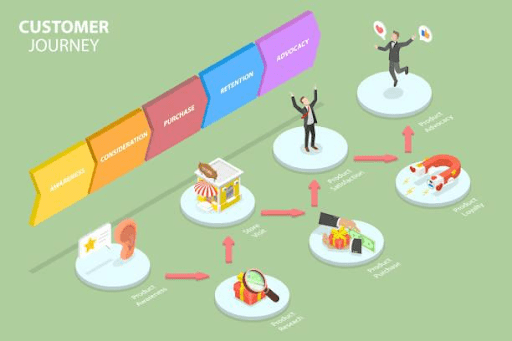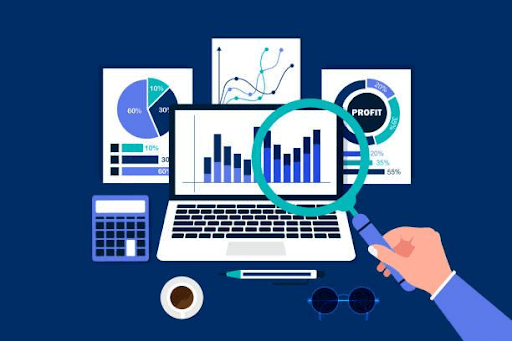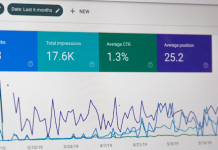Customers are the most effective and critical resource every organization has. Therefore, businesses must focus more on meeting all their needs, addressing their wants, and ensuring the best services. To do so, you must have a customer experience strategy defining your plan to address your customer needs effectively.
Regardless of the organizational size, you must spend resources and time building the best customer experience strategy based on your customers and target market. Failure to strategize can lead to worse customer service and lead to customer loss. These strategies are also critical for attracting customers and retaining the existing ones. Here are some guidelines to help you build the most effective strategy.
Table of Contents
1. Defining Customer Experience Vision
A customer experience vision is aspirations, goals, and objectives about the services you aim to offer. All these aspects are summarized into one statement describing what value you want to offer customers and how you desire to do it. While creating the customer vision, you need to focus on different aspects to make the vision customer-oriented and achievable.
To create the most compelling vision, you must have CX solutions to understand the customer’s needs at every stage. Next, you can ask for customer opinions about their needs and wants. Research the market standards and aim higher to be the best.
The customer vision will guide the employees on handling the customers, the nature of services to offer, and how to do it. It will also boost customer hope in your services, further boosting their trust, loyalty, and expectations in your business.
Once you have the vision, communicate it to the relevant stakeholders, seek constant feedback, and aim to improve the vision and its aspects based on the reviews. Also, make the customers part of the vision statement to enable them to contribute to business development.
2. Understanding The Customer Decision Journey
Before making any purchase decisions, customers are involved in a series of decision-making activities, and at one point, they decide. A strategic business must be able to map this journey and understand when the customer makes these decisions. The company must also understand and anticipate the nature of the decisions customers are likely to make at these stages.
Therefore, companies need different tools to help map the customer journey, and one of the best tools is the CX solutions. These solutions are ideal for businesses to use different technology-based approaches to understand their customers. Some of the tools include the integration of AI in decision-making and omni-channel communication platforms to boost customer experience when interacting with the organization.
CX solutions are also ideal for boosting customer engagement, enabling you to retain them long-term. Secondly, tools such as bots enable you to offer constant customer services, which is ideal for retaining customers. Using these tools, you can retain loyal customers to avoid losing customers due to their decision-making strategies.
At all points in their customer decision journey, you should be present to support them with what they need and with the best customer service. Implementing CX solutions will also help you measure customer experience based on their journey rather than their satisfaction levels and touchpoints. You can implement continuous improvement strategies to boost customer experience from the outcomes.

3. Market and Customer Research
Business success largely depends on data availability, the type of data collected from the market, and the use of data analytics to make effective business decisions. Therefore, you must implement the best tools to collect market data and use cloud storage platforms to store and analyze the data.
Big data will help in boosting customer experience in different ways. First, it enables you to understand the exact products they need, introducing product variety, modifications and features to meet all customer needs. Secondly, it will enable you to understand customer behaviors such as purchase behaviors to deliver goods when needed to avoid shortages.
Therefore, you need big data to boost other activities such as lean supply chain, digital operations, and warehousing practices, which are significant for boosting customer experience. You can do market research through various strategies such as online surveys, digital product reviews, competitor analysis, etc.

4. Operation Automation
Due to the current technological trends, businesses must be willing to digitalize all their customer-related processes from the beginning to the end. This involves focusing on key areas such as customer contact services, product ordering, payment, tracking, etc. operation digitalization increases the level of control customers have over their activities. It gives them the feeling of self-service and control of all their activities. Besides boosting customer experience, this is one of the strategies to attract new customer segments.
Ensures customers can communicate directly to you through their most effective communication channels, such as social media, live calls, or phone calls. Make all the services available through the company apps and websites to save them the burden of visiting your offices and doing follow-ups.
For payment systems, you need to create a platform for multiple payment strategies. Focus on cryptocurrency, VISA, PayPal, Apple, Google, and Apple Pay. This enables customers to select the payment decisions they are more comfortable with; hence they feel valued by the organization. Finally, create all the verification systems to enable them to verify all payments and get instant notifications.

Conclusion
A good customer experience strategy must be defined by the customer experience vision, which has key goals, objectives, and aspirations. After creating the vision, focus on monitoring the customer journey using CX solutions to understand their needs. Ensure you also do more market research to satisfy all your customers. Finally, streamline all operations, including payments and product ordering.








